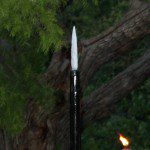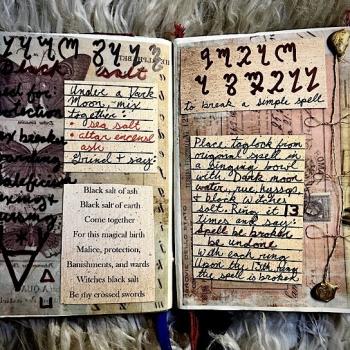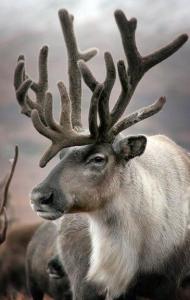There are over 40,000 megalithic tombs in western Europe, structures built using large stones for the purpose of housing the remains of the dead. They range from very small to very large, and they represent a tremendous investment of time and ingenuity by people who had only the most rudimentary tools.
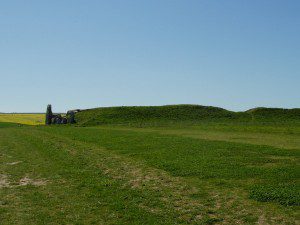
They are not monuments to individuals, as with the pyramids of Egypt, nor are they a common burial site for all members of a community. In some cases, the evidence indicates bodies were placed in the tombs for a period of time and then removed, possibly to make room for more dead and possibly to reflect a belief that the dead had moved on to an Otherworld.
In his new book Pagan Britain, history professor Ronald Hutton calls these “tomb-shrines.” Hutton says this term “recognizes the presence of the dead at most of these monuments, but also the equally apparent fact that the structures were not simply receptacles for them, but functioned as sites of ritual in their own right.”
While we cannot know the ceremonies that took place at these tomb-shrines, it is not hard to guess their general intent, particularly if you have been in them yourself. Even after thousands of years the presence of the ancestors is strong inside them. Perhaps that presence is physical, perhaps it is spiritual, and perhaps it is psychological. We need not agree on what that presence is to have a meaningful experience of our ancestors. In the words of Victor Anderson, “perceive first, believe later.”
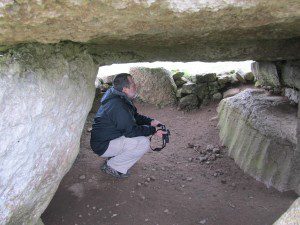
It is Samhain – “summer’s end” – and while we do not know if the builders of the tomb-shrines used that name for this season, the same seasonal experiences (cooling temperatures, shorter days, trees stripped of leaves, slaughtering animals to eat now rather than feeding them through the winter) make it likely they too felt the presence of the dead at this time. Perhaps their ceremonies were large community rituals led by an elder or a priest (but not a Druid – they didn’t appear till centuries after the tomb-shrines had fallen into disuse). Perhaps they were solitary observances, with individuals taking turns entering the tomb for private communion with the ancestors. We don’t know.
But we can be certain they honored and remembered their ancestors. And when they did, their beloved dead were present with them, even if only in memory. Death had not ended the relationships with family and friends – love never dies. It simply transformed the relationships into something different.
Just as importantly, the participants in these rituals understood that some day they would become ancestors. But they knew their descendants would honor and remember them and thus they would live on, even if they knew no more about what lies on the other side of death than we do today.
It is the conceit of every generation to think itself the pinnacle of evolution and education, and to consider previous generations undeveloped, uninformed, and superstitious. Yet biologically and intellectually we are indistinguishable from our ancestors who built tomb-shrines 5000 years ago. True, in some areas our knowledge would be unimaginable to them, but in other areas we have learned nothing.
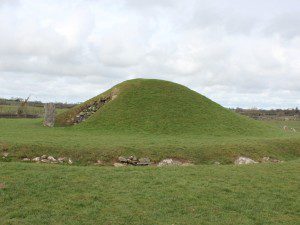
It is Samhain – “summer’s end” – and it is time to honor and remember our ancestors.
We have no tomb-shrines, but we can visit the cemeteries where our beloved dead are buried. If they’re not near, we can still set up shrines to honor them in our homes. We set up pictures and other mementos, light candles, play their favorite music, prepare their favorite foods and offer their favorite drinks. We set a place for them at the dinner table.
Most importantly, we call their names aloud. We tell their stories, both our memories of them and the stories they liked to tell about themselves.
We speak to them. Can they hear? I like to think so, but ultimately whether they can or can’t isn’t important. What’s important is that we remember them and honor them, and that we strengthen the relationship that death has irreversibly changed but has not ended.
We honor our beloved dead: the parents and grandparents, aunts and uncles, teachers and mentors we knew in this life. But we also honor those ancestors we never knew, those who died before we were born. Our only connection may be an antique photograph or a name and a few dates in a genealogical record, but they are part of our heritage and without them we would not be.
We call their names and tell them ours. We let them know we are here, and through us they live on in this world.
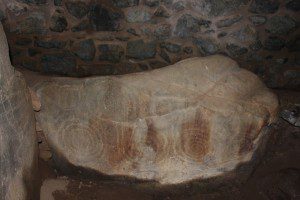
We honor our distant ancestors, the many-great grandparents who lived so long ago their names are lost to us. Those of us who live in the Americas have an ancestor who first came to this hemisphere. We all have ancestors who survived famine, plagues, and war. We have ancestors who survived the last great ice age. And we have ancestors older still. Without them we would not be here. We thank them for living, and making it possible for us to live. Through us they live on.
As we celebrate the season of Samhain, we know that some day we will join the ancestors. It will fall to those who remain in this world to sustain the relationships that death has altered but cannot end.
May they follow the example we set, and until then may we live our lives so as to be worthy of their honor and remembrance.
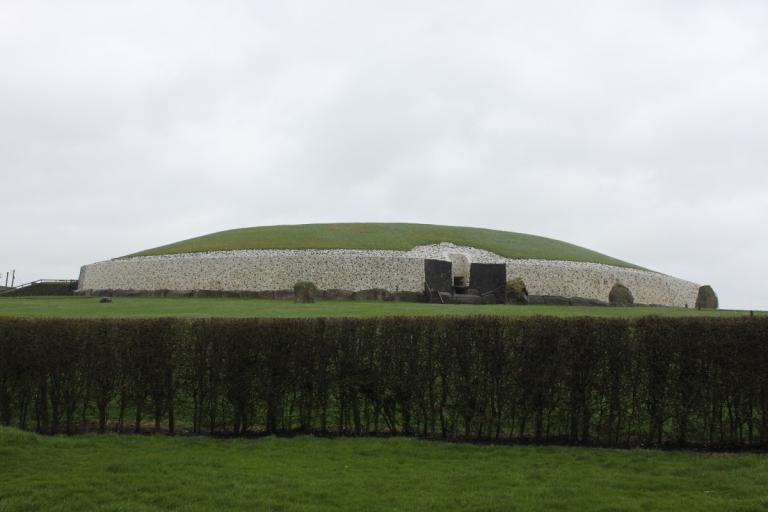
Editors’ Note: This article is part of the Patheos Public Square on Remembering the Dead: Ancestors, Rituals, Relics. Read other perspectives here.


